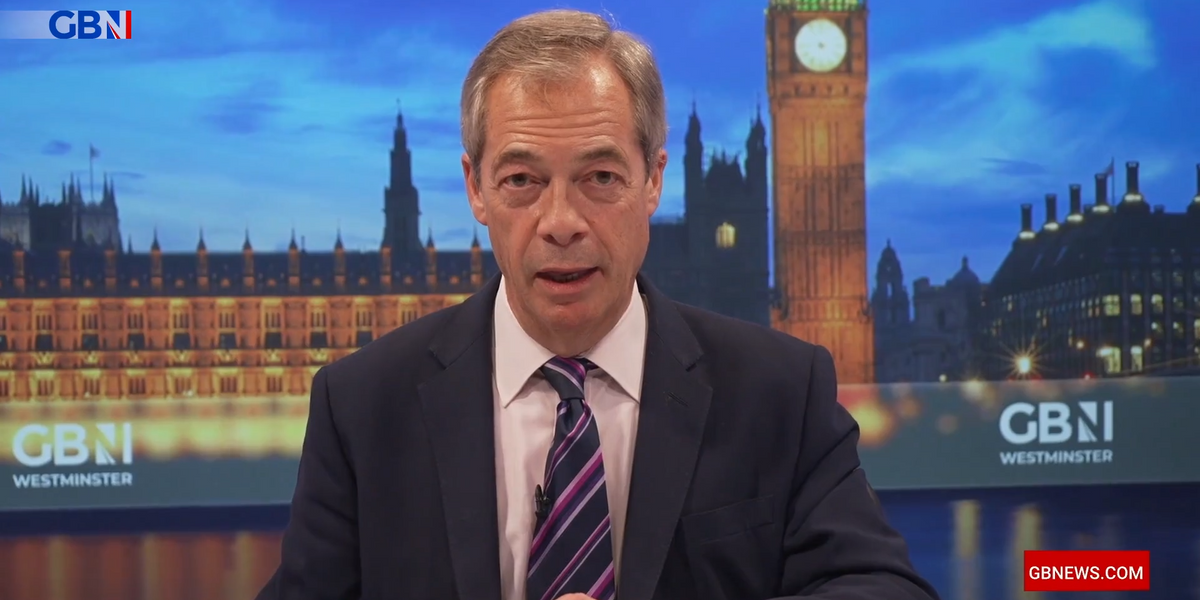
Stack of dollar bills.
Marcos Brindicci | Reuters
The breakout in the U.S. dollar appears to have slowed, so investors across the board are eager to determine if that is the end of dollar strength, or just a pause.
Before we get too carried away with the idea of a strong dollar it’s useful to look at the chart. The dollar index at 95 is not a strong dollar when compared to the December 2016 peaks around 103. It is, however, stronger than it was in March when it hammered out at a low near 88.
Currently, the dollar has reacted away from the relatively weak resistance level near 97. That is a technical resistance level calculated by projecting the trading band behavior. Using the same trade band projection methods, a breakout above 97 has a target near 99. That’s a stronger resistance target that is confirmed by previous price activity near the level.
The 97 level is a weak resistance level, so the pullback is not a reaction away from strong resistance. That suggests the pullback is more consistent with the normal rally-and-retreat behavior seen in any trend.
The key evidence that answers the question is found in the relationships within the elements of the Guppy Multiple Moving Average indicator.
Trend analysis is applied using the GMMA, which shows the uptrend is gathering strength.
There are three GMMA trend analysis features. The first feature is that the long-term GMMA has compressed and turned upwards. That is bullish.
The second feature is the way the price has clustered along the upper edge of the short-term GMMA as the rally developed. That further confirms uptrend strength.
The third feature is the way the short-term GMMA has moved above the long-term GMMA and also expanded. That shows traders are confident in the trend change. They enter the market as long-side buyers when weakness develops. That buying uses the lower edge of the short-term GMMA as a support rebound feature.
Those features — strong GMMA trend behavior and weak resistance — suggest it is easy for the dollar to develop more upside.
The upside targets are well defined using trading band analysis. Traders watch for consolidation and a rebound from 95 followed by a test of the upper edge of the trading band near 97. A breakout above that level has a trade band target near 99.
We use the ANTSSYS trading method to extract good returns from the potentially fast rally as the rebound develops.
Daryl Guppy is a trader and author of Trend Trading, The 36 Strategies of the Chinese for Financial Traders, which can be found at www.guppytraders.com. He is a regular guest on CNBC Asia Squawk Box. He is a speaker at trading conferences in China, Asia, Australia and Europe. He is a special consultant to AxiCorp.
For more insight from CNBC contributors, follow @CNBCopinion on Twitter.
24World Media does not take any responsibility of the information you see on this page. The content this page contains is from independent third-party content provider. If you have any concerns regarding the content, please free to write us here: contact@24worldmedia.com
Latest Posts

Nigel Farage threatens NatWest with court proceedings to resolve debanking scandal


Amazon delivery driver ‘desperate’ for toilet smashed head on into car

Ricky Norwood set for ITV Dancing on Ice axe as dance expert exposes worrying ‘narrowing down’ trend


HMRC to give hundreds of thousands of households a £300 tax-free payment from today

The culpability for this recession must surely lie with the Bank of England

BBC The Apprentice viewers slam ‘awkward editing’ as contestant cut from spin-off show

BBC to air Steve Wright’s final Top of The Pops appearance amid backlash for treatment of late star

I point the finger of blame far more at the Bank of England than the government on recession